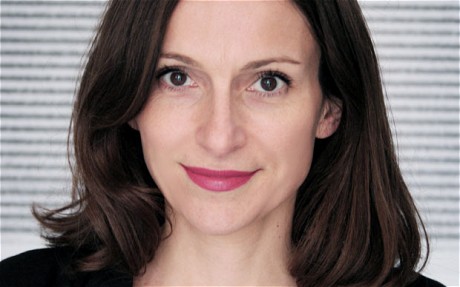
Why Sarah Thornton Will Stop Writing About the Art Market
Sarah Thornton has a BA in Art History and a PhD in Sociology. Her highly acclaimed book Seven Days in the Art World is based on extensive ethnographic research and interviews with over 250 people, and hundreds of hours of observation with all elements of the contemporary art market worldwide. She regularly contributed a column for The Economist and wrote for other publications such as Artforum, the Guardian and Sueddeutsche Zeitung. So when Thornton stated she would no longer write about the art market in an article published in Francesco Bonami’s TAR magazine, she did so by providing ten cogent reasons.
The first reason? “You end up writing about paintings by white-American men more than is warranted. You appear to endorse works you dislike and artists that you consider historically irrelevant because the day’s financial news dictates the shape of your narrative.”
Even those of us who write about the much lower dredges of the contemporary art world have finances dictate our narrative. Almost every print magazine I have worked for is beholden to their advertisers. Assignments to profile artists are based upon the timing of exhibitions, preferably by galleries or museum’s who advertise in the publication and not on aesthetic value. And there are still far too many white men curated into exhibitions which I find fascinating since so many of the curators and associate curators are women. (And don’t get me started on the digital media world!)
Thornton goes on laying out more reasons including a lack of regulation which leads to abundant fraud and price fixing that cannot be written about because publications consider the stories libelous since they cannot be proven without wiretapping or tracing money transfers. One of my favorite points is that “oligarchs and dictators are not cool.” Though I question her assertion that “the liquidity of Russian, Arab and Chinese collectors actually does trickle down allowing more artists, curators and critics to make a living in relation to art.”
Thornton contradicts herself with point ten–“the pay is appalling.” This from a woman with a regular gig at The Economist and a best-selling book. (Let’s just be clear that her bank account is balance is far closer to that of the 1% she has covered on her beat than it is with my income, which has more in common with the 47% Mitt Romney so arrogantly dismisses.)
Thornton should know that most people in the art world do not make anything close to a living. The money doesn’t trickle down this far.
